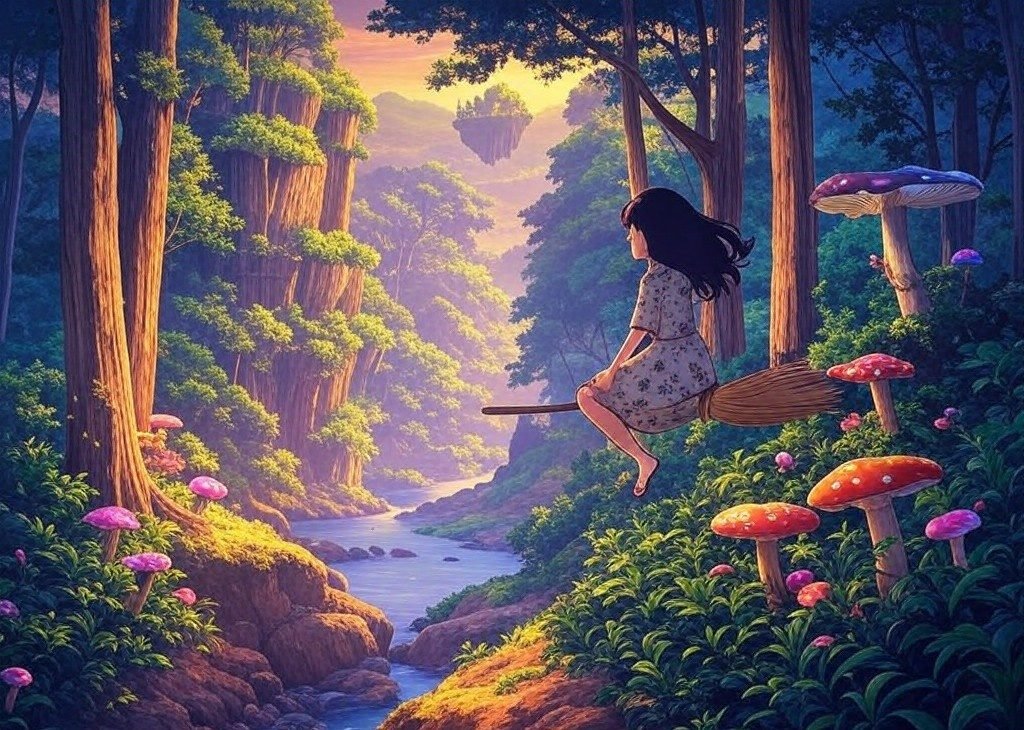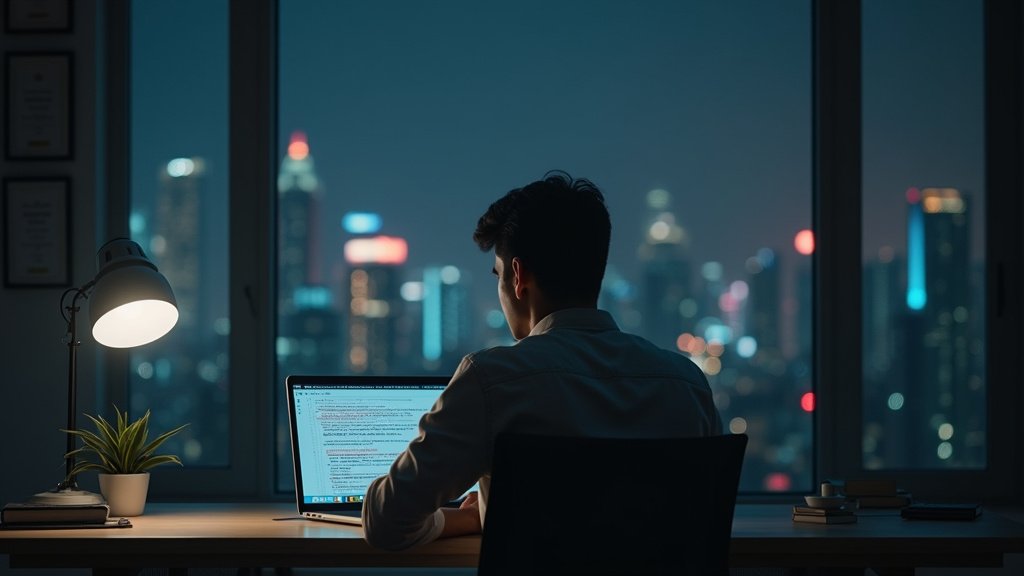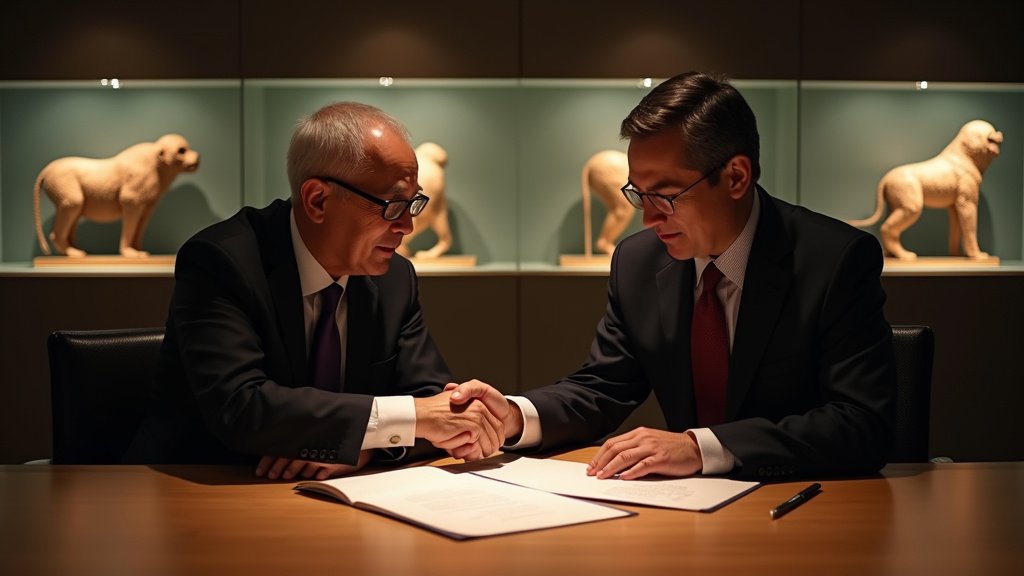Studio Ghibli is not just a name; it’s an experience, a feeling, a world you never want to leave. For decades, this Japanese animation studio has captivated audiences with its breathtaking visuals, emotionally resonant stories, and unforgettable characters. From the whimsical landscapes of My Neighbor Totoro to the bittersweet narrative of Grave of the Fireflies, Studio Ghibli has carved out its own unique space in the world of cinema. But what makes these films so timeless? Why do they hold such a special place in our hearts? Let’s dive deep into the enchanting world of Studio Ghibli to unravel the secret sauce behind its magic.
The Studio Ghibli Aesthetic: More Than Just Animation
Studio Ghibli films are often recognized for their stunning animation, but there’s so much more to their aesthetic appeal. Every frame feels like a painting, meticulously crafted with layers of intricate details. The way sunlight filters through trees in Princess Mononoke or the delicate way raindrops ripple in Spirited Away showcases an unparalleled level of artistry.
It’s not just the beauty that captivates—it’s the authenticity. The worlds in Ghibli films feel alive, breathing with energy and emotion. Unlike the sharp, digital perfection we often see in modern animation, Ghibli embraces imperfections. You can feel the texture of the hand-drawn lines, the slight wobble that gives every frame a human touch.
Nature is also a recurring motif, and it’s treated with reverence. Forests in Totoro feel sacred, rivers in Ponyo are brimming with life, and even mundane settings like a rural Japanese town in Whisper of the Heart are depicted with such love that they become extraordinary. This commitment to grounding the fantastical in reality is a hallmark of the Ghibli aesthetic.
Storytelling That Speaks to the Soul
Ghibli films aren’t just stories; they’re journeys that touch the deepest parts of the human experience. At their core, these films are about connection—connection to family, to nature, to ourselves. They don’t rely on grandiose conflicts or high-stakes battles to keep us engaged. Instead, they draw us in with their emotional authenticity and universal themes.
Take My Neighbor Totoro, for instance. There’s no villain, no earth-shattering crisis. Yet it remains one of the most beloved animated films of all time. Why? Because it taps into the innocence of childhood, the magic of imagination, and the comfort of familial love.
On the other hand, Grave of the Fireflies presents a stark, gut-wrenching look at the horrors of war through the eyes of two siblings. The simplicity of the storytelling makes it all the more devastating, leaving a lasting impact that words cannot fully capture.
Even films like Spirited Away—with its elaborate plot and fantastical setting—are ultimately about something deeply human. Chihiro’s journey is one of self-discovery, resilience, and learning to let go, a narrative that resonates universally.
Characters You’ll Never Forget
One of Studio Ghibli’s greatest strengths lies in its characters. They’re not just protagonists or sidekicks; they’re people (or creatures) you grow to love, flaws and all. Whether it’s the brave and headstrong San from Princess Mononoke, the lovable and mischievous Catbus from Totoro, or the complex and morally ambiguous Howl from Howl’s Moving Castle, each character feels real.
Hayao Miyazaki, one of the studio’s co-founders, has often said that he doesn’t create heroes or villains in the traditional sense. Instead, he crafts characters who are multidimensional, capable of both kindness and cruelty, courage and fear. This nuance makes them incredibly relatable and human, even if they happen to be witches, forest spirits, or walking scarecrows.
What’s truly special about Ghibli characters is their growth. Chihiro starts Spirited Away as a scared little girl but emerges as a confident, independent young woman. Sophie in Howl’s Moving Castle learns to embrace her identity and finds strength in her vulnerability. These arcs make the characters feel alive and inspire audiences to reflect on their own lives.
The Universal Appeal of Ghibli Themes
While Studio Ghibli is deeply rooted in Japanese culture, its themes transcend borders and resonate globally. Love, loss, courage, and the struggle for balance—these are ideas that speak to everyone, regardless of age, nationality, or background.
Take the environmental message of Princess Mononoke. The film explores the tension between industrial progress and nature’s preservation, a conflict that feels increasingly relevant in today’s world. Similarly, Nausicaä of the Valley of the Wind portrays a post-apocalyptic world where harmony with the environment is the key to survival.
Then there’s the theme of female empowerment. Ghibli films often feature strong, independent female leads who defy traditional gender roles. From Nausicaä to Kiki to Satsuki and Mei, these characters show strength not through physical power but through their compassion, intelligence, and determination.
The Soundtrack That Completes the Magic
A Studio Ghibli film wouldn’t be complete without its music. Joe Hisaishi, the studio’s longtime composer, has created some of the most iconic and emotionally stirring soundtracks in cinematic history. His music is more than just background noise; it’s a character in itself, guiding you through the story’s highs and lows.
Whether it’s the hauntingly beautiful theme of Spirited Away or the uplifting melodies of Kiki’s Delivery Service, Hisaishi’s compositions elevate every scene. The music lingers long after the credits roll, a reminder of the emotional journey you’ve just experienced.
Why Studio Ghibli Will Never Fade
In an era dominated by flashy CGI and endless sequels, Studio Ghibli’s films stand as a testament to the power of storytelling and artistry. They remind us that animation isn’t just for kids—it’s a medium capable of conveying profound truths about life.
Even as the studio faces an uncertain future—with Miyazaki repeatedly announcing and un-announcing his retirement—its legacy is secure. New generations continue to discover the magic of Ghibli, and the films feel just as fresh and relevant today as they did decades ago.
This timelessness is perhaps the greatest testament to Studio Ghibli’s brilliance. Its films don’t just entertain; they enrich, inspire, and move us. They are a reminder that no matter how chaotic the world may seem, there’s still beauty, wonder, and magic to be found—if only we take the time to look.





